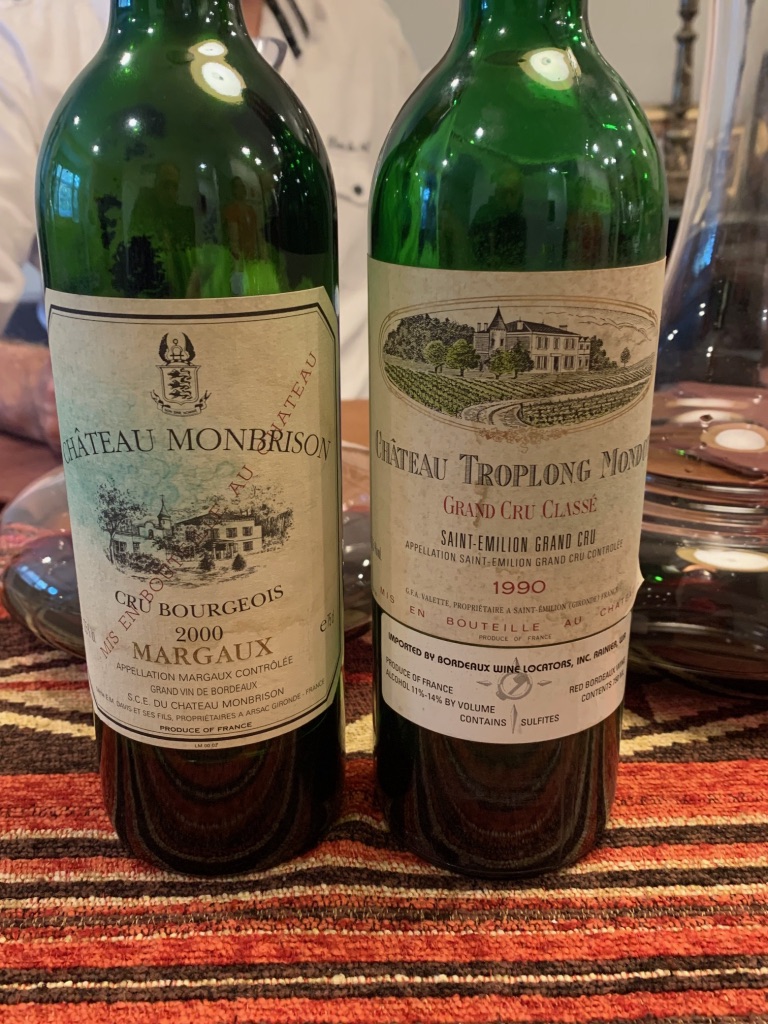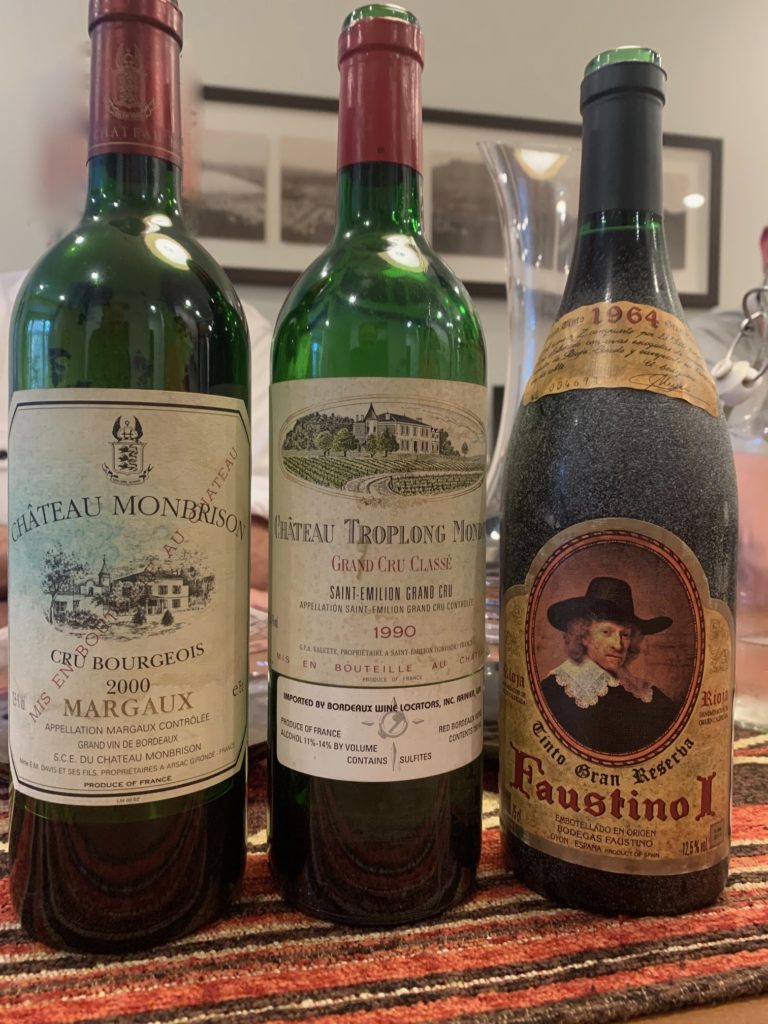When should you open a special bottle that’s been slumbering awhile in your cellar, or wherever you store your wine?
It’s a good question, without a single right answer. It depends on several factors, such as: What type of wine (red? white? which varietal? what region?)? Does/did it have tannins? Was it oak-aged before release? Which vintage is it from (e.g. from a stellar healthy year that rewards waiting, or a poorer year in which the wines needed to be drunk earlier)? And perhaps most importantly, what kind of storage conditions has it been exposed to? If your storage space, like most people’s, is less than ideal for maturing wine (for example, it is not temperature controlled, or perhaps it is sometimes exposed to vibration or light, or has too little/much moisture), then wines stored there will mature faster, and very likely need to be opened earlier than wines from a ‘real’ cellar, to still be at their peak. And do you even enjoy mature wines with the tertiary characteristics that come with age?
Then there is the subtle but real issue of the wine’s monetary ‘worth’ and when it is best broached, and with whom? Each of us has a different answer to this question.
So it was with some trepidation that I recently invited over a few wine friends to share some special mature bottles from my ‘cellar’. As it turns out, I need not have worried. The three red wines I opened all still had their wits about them, and each was intriguing, albeit in different ways.
After a delicious German traditional method Riesling sparkling wine that one of my guests brought to whet our palates, we broached the golden oldies as follows:
Chateau Monbrizon 2000 Cru Bourgeois, Margaux, France This Bordeaux Left Bank wine was in prime condition: still deeply coloured, with a classic Cabernet Sauvignon-dominated nose of lead pencil, cedar, cigar box and cassis, and emerging old leather. Supple and soft, with a velvety texture and mid-weight body, and with smooth tannins that still supported the just-beginning-to-fade primary red and black fruits, then leather and tobacco leaf tertiary notes emerging. A lovely, graceful, feminine Margaux at 23 years of age. No doubt the excellent vintage helped.
Chateau Troplong Mondot 1990 Grand Cru Classé, Saint-Emilion, France From a top-rated Right Bank Bordeaux vintage, and from this well-regarded estate located on the high plateau just east of Saint-Emilion village. Lifted, floral Merlot-dominant aromas: black plum, mocha, savoury cured meats/charcuterie. Fully integrated and impressively balanced fruit, oak, alcohol, tannins and acidity. Stewed prune, mocha, charcuterie and earth flavours, and a long, supple, smooth finish. Just beautiful, showing off its undoubted class and the hot, healthy vintage. A great wine at 33 years old.
Faustino I Rioja Gran Reserva 1964, Rioja, Spain As you’d expect from an almost 60-year old wine, it showed pale red with an orange brick rim. Very little sediment after decanting. On the nose, it was still remarkably fresh and alive. Tertiary aromas of truffle, mushroom, and sweet stewed fruits. A soft, supple and oh-so-smooth mouthfeel, with a great balance of fading fruit, sweet oak, acidity and tannins. Elegance personified. From perhaps the ‘best’ Rioja vintage of the 20th century, this wine just seemed timeless.
As for the occasion and company, all I can say is that it was a great pleasure to share these wines with people who really appreciated them and the rarity of the opportunity. There is something deeply satisfying to open an older bottle of wine you’ve been treasuring, and be transported back to another time. My advice: Just don’t wait too long!

